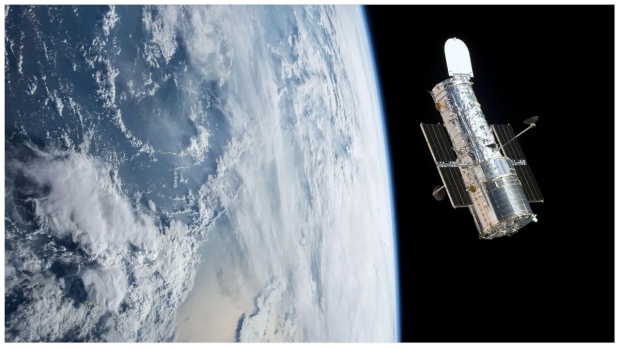NASA has taken to its Hubble Space Telescope Twitter account to tease upcoming research that will be conducted by the James Webb Space Telescope.
NASA explains in the above post that its Hubble Space Telescope snapped a photograph of the galaxy ESO 137-001, which resides in the constellation Triangulum Australe and in the cluster Abell 3627. NASA explains that ESO 137-001 is slowly plunging into a galaxy cluster that is causing it to be stripped of hot gas, which creates a galactic tail that stretches some 260,000 light years.
Notably, when observed in visible light, the galaxy looks like a "jellyfish" with large blue ribbons of young stars forming the legs of the aquatic animal. Furthermore, NASA explains that once Webb is fully calibrated and operational, the next-generation space telescope will be pointed at ESO 137-001 to study this strange galaxy and how stars are forming in the galactic tail. To read more on this galaxy from NASA, check out this link here.


